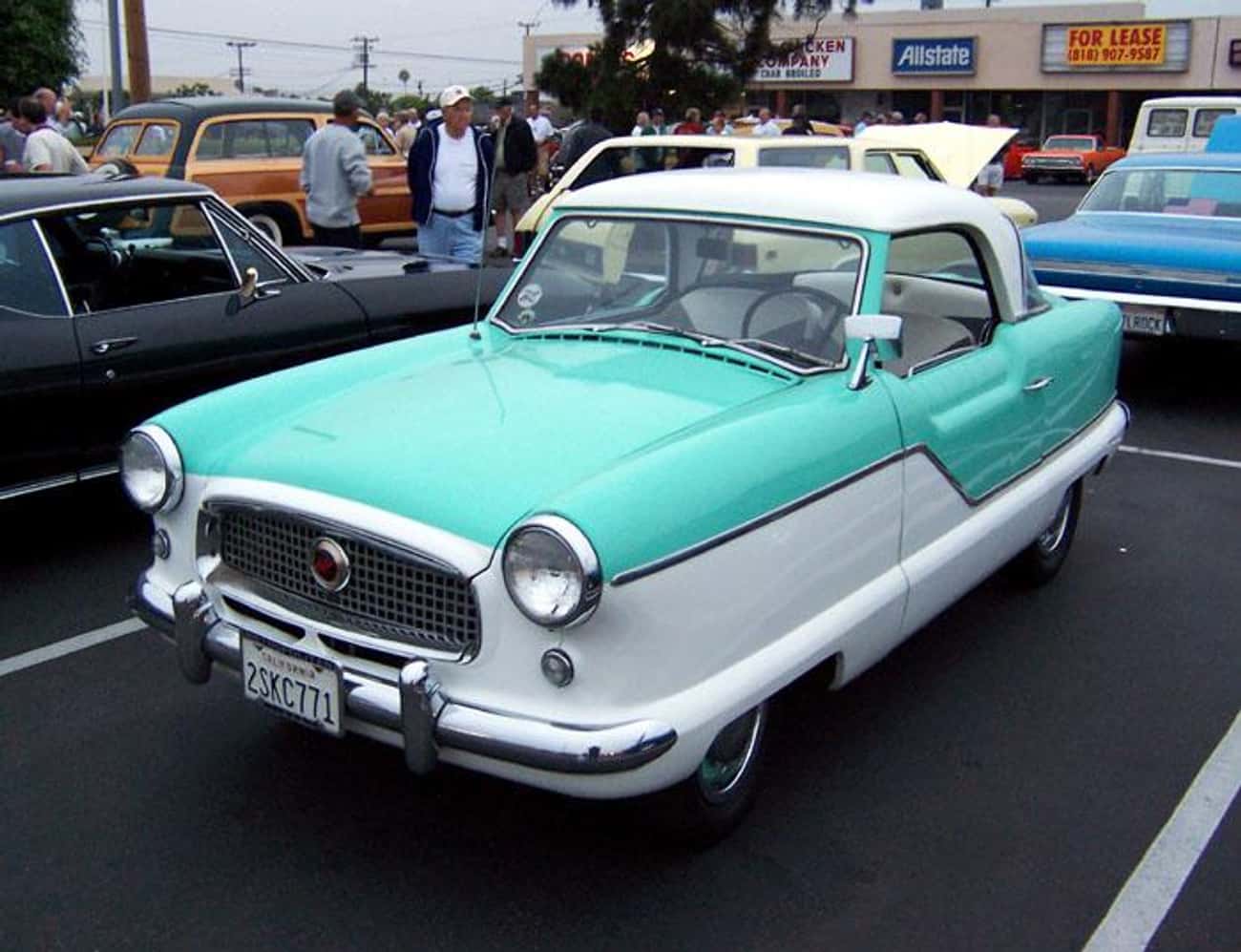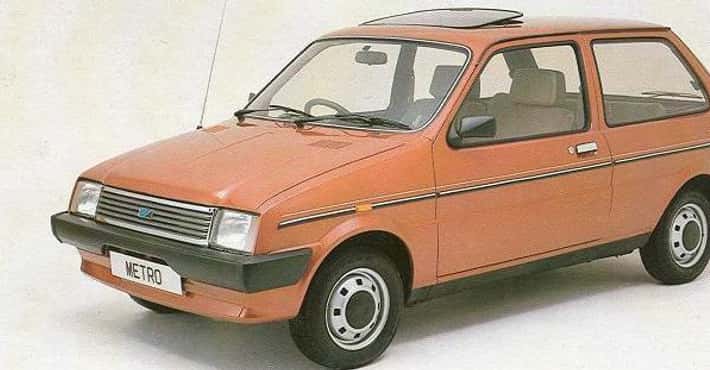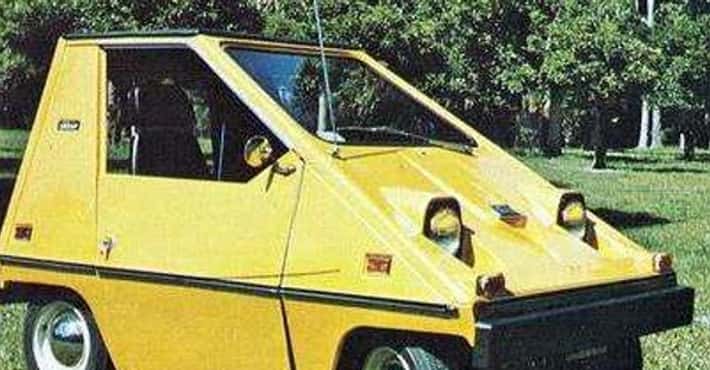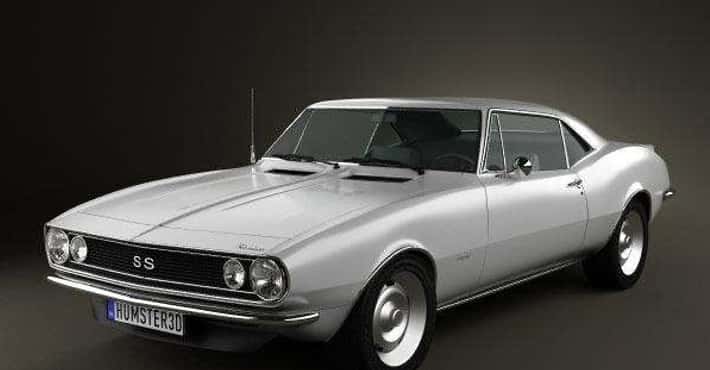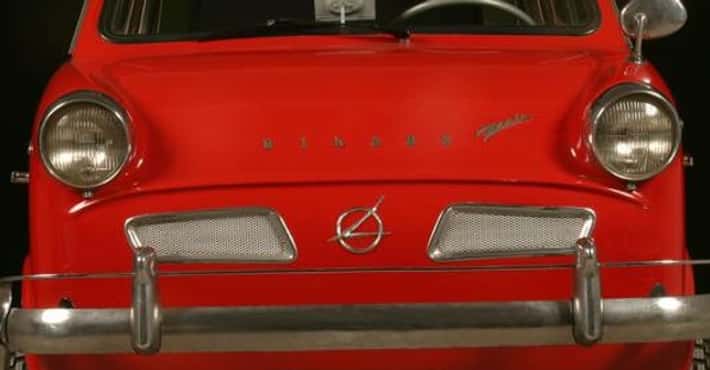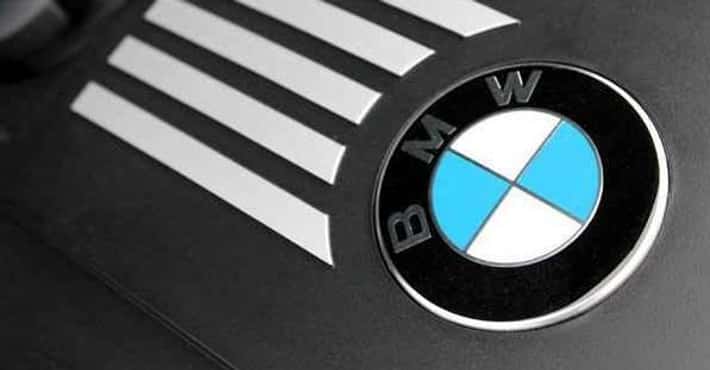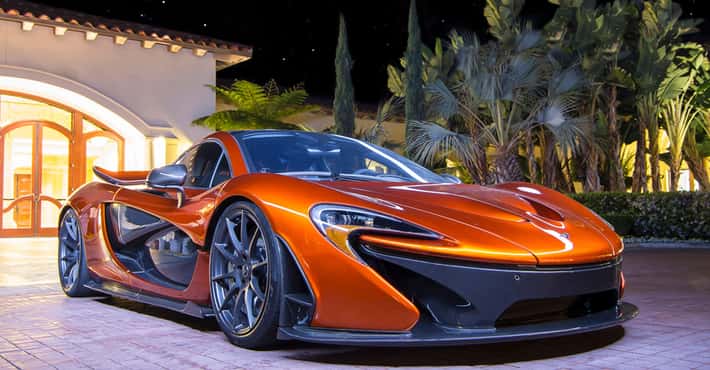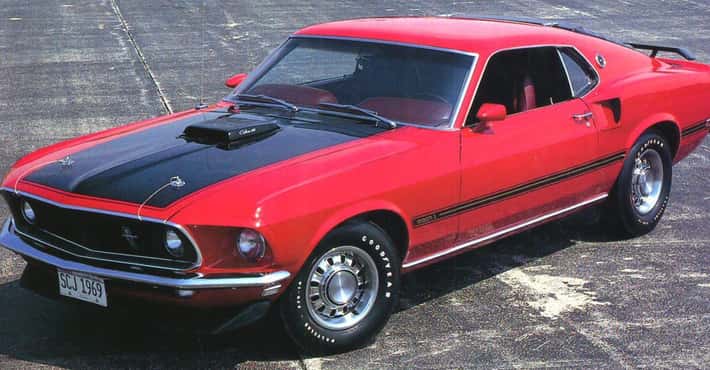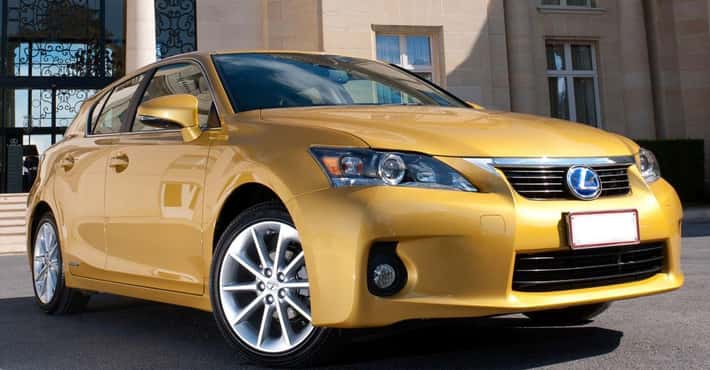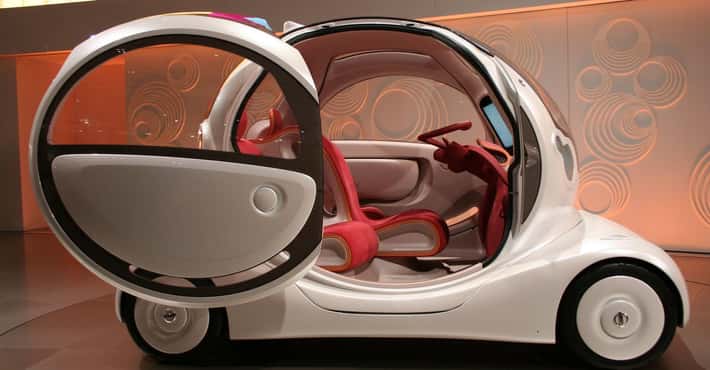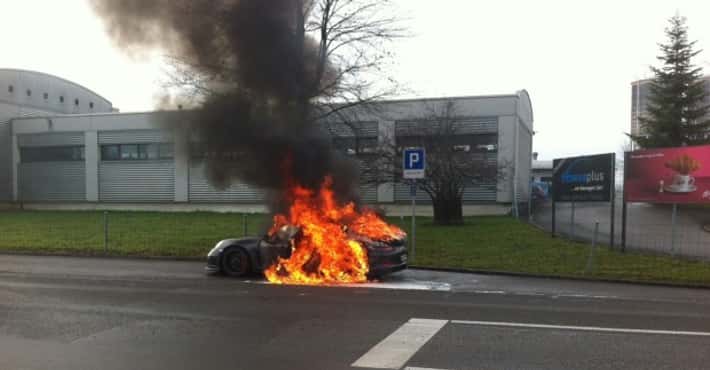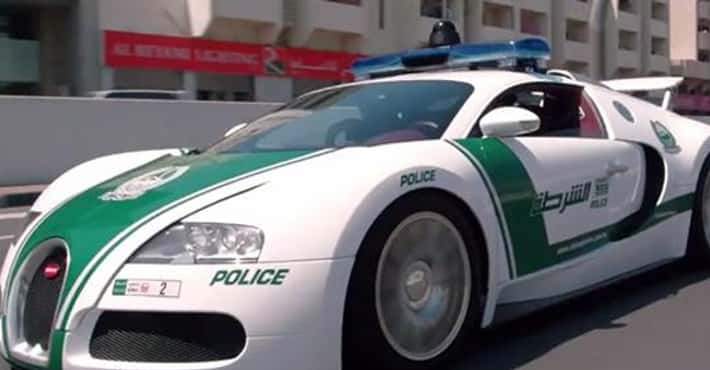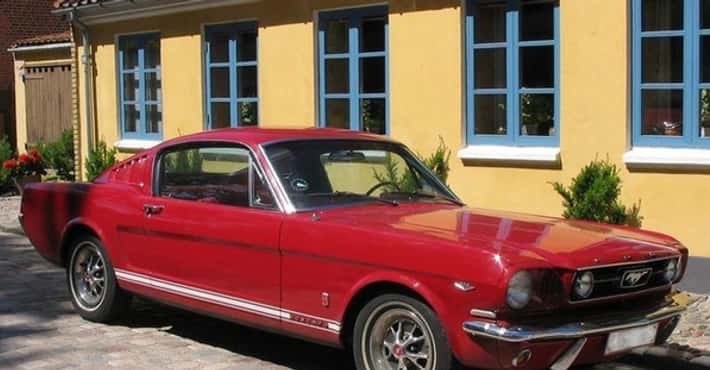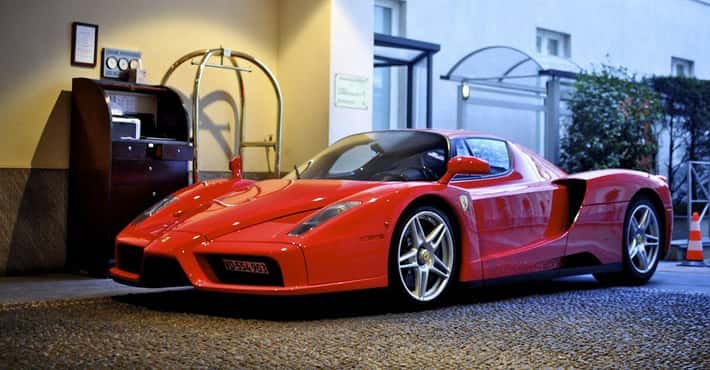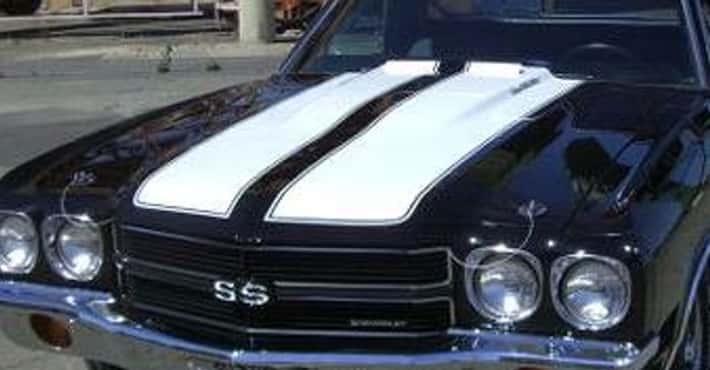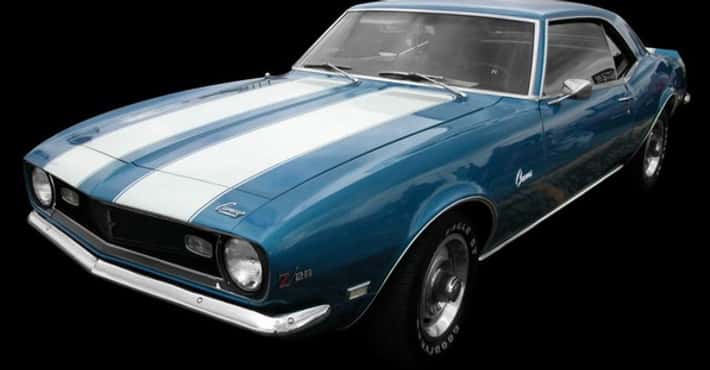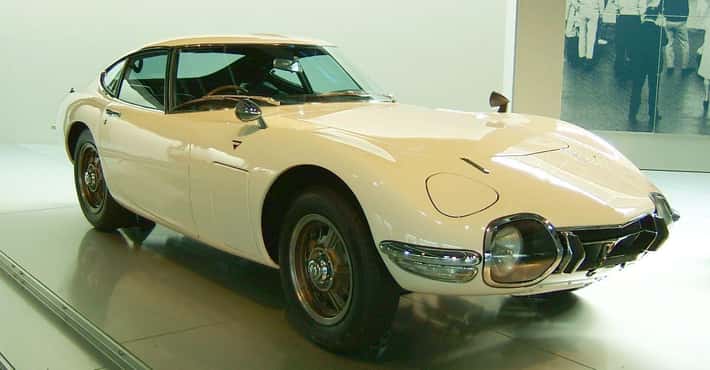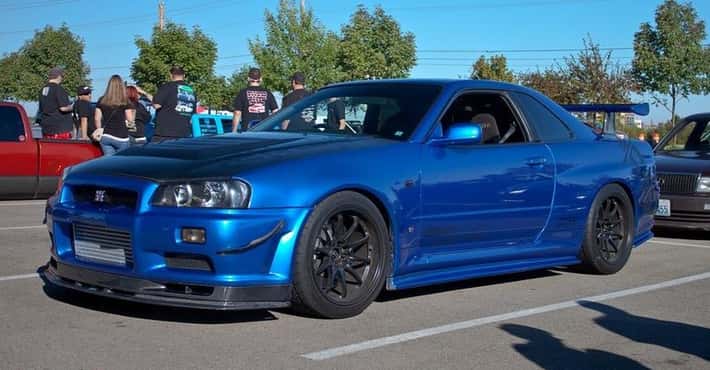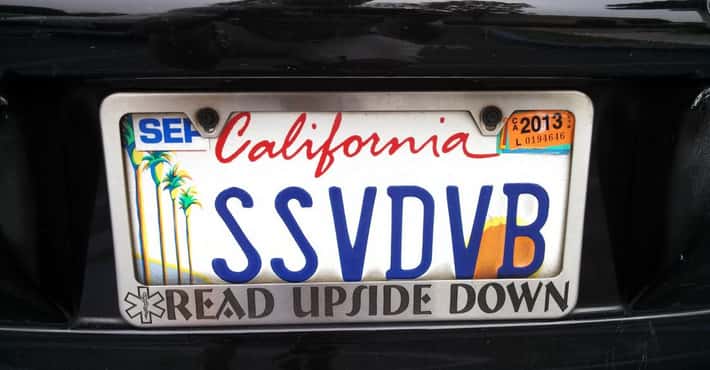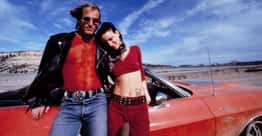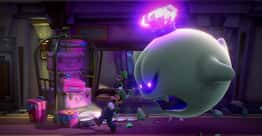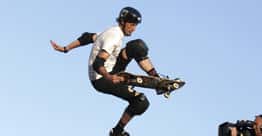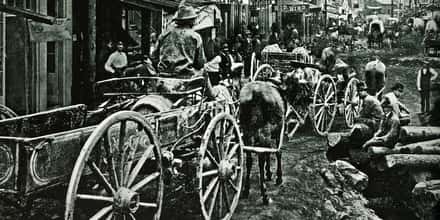Full List of Austin Models
List of all Austin cars & models. This Austin vehicle model list includes photos of Austin vehicles along with release dates and body types. This list contains items like Austin Atlantic and Morris Marshal. This list of car models made by Austin can be sorted by any column, just like any other Ranker list. Austins shown below can be hovered over, or you can click on the names of the Austin brands to get more information on any of them. Austin types also have car class information available if you click on their names and go to their dedicated page. You can use this list to create a new one, just like this one, to start your own.
- The Austin Allegro is a small family car manufactured by British Leyland under the Austin name from 1973 until 1982. The same vehicle was built in Italy by Innocenti between 1974 and 1975 and sold as the Innocenti Regent. In total, 642,350 Austin Allegros were produced during its ten-year production life, most of which were sold on the home market.
- The Austin Montego is a British family car that was produced by the Austin Rover subsidiary of British Leyland, and its successors, from 1984 until 1995. The Montego was the replacement for both the aged rear driven Morris Ital and the front driven Austin Ambassador ranges to give British Leyland an all-new competitor for the Ford Sierra and Vauxhall Cavalier. On its launch, it was sold as an Austin and also an MG. From 1988, it was sold without a marque following the phasing out of the Austin name.
- Photo: Metaweb (FB) / CC-BY-SA-2.5The Austin 7 was an economy car produced from 1922 until 1939 in the United Kingdom by the Austin Motor Company. Nicknamed the "Baby Austin", it was one of the most popular cars ever produced for the British market, and sold well abroad. It wiped out most other British small cars and cyclecars of the early 1920s; its effect on the British market was similar to that of the Model T Ford in the US. It was also licensed and copied by companies all over the world. The very first BMW car, the BMW Dixi, was a licensed Austin 7, as were the original American Austins. In France they were made and sold as Rosengarts. In Japan Nissan also used the 7 design as the basis for their first cars, although not under licence. Many Austin 7s were rebuilt as "specials" after the Second World War, including the first race car built by Bruce McLaren, and the first Lotus, the Mk1. Such was the power of the Austin 7 name that the company re-used it for early versions of the A30 in 1951 and Mini in 1959.
- Photo: Metaweb (FB) / CC-BY-SA-2.5The Austin Maestro is a compact five-door hatchback car that was produced from 1983 to 1995, first by the Austin Rover subsidiary of British Leyland, and from 1988 by its successor, Rover Group. The car was produced at the former Morris plant in Cowley, Oxford. It was first sold as an Austin and a MG. Later models have sometimes been referred to as the Rover Maestro, but the model never wore the Rover badge. Descendants of the Maestro are still being produced in China.
- The Nash Metropolitan is a car that was sold, initially, only in the United States and Canada, from 1954–62. It conforms to two classes of vehicle: economy car and subcompact car. In today’s terminology the Metropolitan is a “subcompact”, but this category had not yet come into use when the car was made. At that time, it was variously categorized, for example as a "small automobile" as well as an "economy car". The Metropolitan was also sold as a Hudson when Nash and Hudson merged in 1954 to form the American Motors Corporation, and later as a standalone marque during the Rambler years, as well as in the United Kingdom and other markets.
- Photo: Metaweb (FB) / Public domainThe Austin Cambridge is a motor car range sold by the Austin Motor Company in several generations from September 1954 through to 1969 as cars and to 1971 as light commercials. It replaced the A40 Somerset but was entirely new with modern unibody construction. The range had two basic body styles with the A40, A50 and early A55s using a traditional rounded shape and later A55 Mark IIs and A60s using Farina styling. Note that the A40 number was re-used on a smaller car from 1958 to 1967, and that the Cambridge name had previously been used to designate one of the available body styles on the pre-war 10 hp range. Initially the Austin Cambridge was only offered with a 4-passenger, 4-door saloon body, although a few pre-production 2-door models were also made. It had a modern body design with integrated wings and a full-width grille. Independent suspension was provided at the front by coil springs and wishbones but a live axle with anti-roll bar was retained at the rear. A van derivative introduced in November 1956 and a coupé utility introduced in May 1957 remained available until 1974, some 3 years after the demise of the cars on which they had been based.
- Photo: Metaweb (FB) / Public domainThe A40 Devon are automobiles marketed by the Austin Motor Company from 1947 to 1952 – the first post-war saloons to be produced by Austin – featuring a mix of old and new technologies. They were previewed by the UK press at the Paris Motor Show on 22 October 1947, who expressed immediate disappointment at the car's conservative appearance. More than 450,000 were built before the model's replacement in 1952 by the Austin A40 Somerset.
- The Austin A40 Sports debuted at the 1949 London Motor Show as a four-passenger, aluminium-bodied convertible version of the Austin A40 – carrying an Austin of England nameplate, bearing the marque's Flying A hood ornament, and designed and manufactured in conjunction with Jensen Motors. Production of the A40 Sports, which was intended as a sporty touring car rather than a true sports car, began in November 1950 for model year 1951. By the time production ended in 1953, approximately 4,011 examples had been produced.
- Photo: Metaweb (FB) / CC-BYThe Austin Champ was the civilian version of a British Army vehicle made by the Austin Motor Company. The army version was officially known as "Truck, 1/4 ton, CT, 4×4, Cargo & FFW, Austin Mk.1" however the civilian name "Champ" was universally, if unofficially, applied to it.
- Photo: Metaweb (FB) / Public domainThe Morris Major and Austin Lancer are passenger car models which were produced by the British Motor Corporation of Australia between 1958 and 1964. The Morris Major name had been used before, by Morris Motors in England, for a six cylinder car produced from 1931 to 1933.
- Photo: Metaweb (FB) / CC-BY-SA-2.5The Austin Apache was a small family car which was produced by British Leyland Motor Corporation's South African subsidiary, Leykor, between November 1971 and 1978. The Apache was the last ADO16 car to be produced. The Spanish Authi subsidiary also built a version of the car, called the Austin Victoria, at its Pamplona plant between 1972 and 1975.
- Photo: Metaweb (FB) / CC-BY-SA-2.5BMC ADO17 was the model code used by the British Motor Corporation for a range of cars produced from September 1964 to 1975 and sold initially under its Austin marque as the Austin 1800. The car was also sold as the Morris 1800 and Wolseley 18/85, and later as the Austin 2200, Morris 2200 and Wolseley Six. In Denmark it was sold as the Morris Monaco. Colloquially known as the "Landcrab", the 1800 was voted Europe's Car of the Year for 1965 – the second year of the award, and a second successive contest win for the UK, the Rover P6 having won the award a year earlier.
- Photo: Metaweb (FB) / Public domainThe Austin A30 is a compact economy car launched at the 1951 Earls Court Motor Show, London by the Austin Motor Company and produced by the newly formed British Motor Corporation from May 1952 to September 1956. Introduced as the "New Austin Seven", it was Austin's answer to the Morris Minor. At launch the car cost £507, undercutting the Minor by £62.
- Photo: Metaweb (FB) / Public domainThe Australian Austin Kimberley and Austin Tasman "X6" models of 1970 were a range of Leyland Australian designed front-wheel-drive sedans based on the Austin 1800 platform. At the time of the X6 being launched onto the Australian market it was quite an advanced design in comparison to the other competitors from Ford, Holden and Chrysler, whose rear-wheel drive, conventionally sprung underpinnings dominated the market at the time.
- Photo: Metaweb (FB) / Public domainThe A35 is a small car that was sold by the British Motor Corporation under the Austin marque in the 1950s.
- The A40 Somerset is an automobile which was produced by the Austin Motor Company from 1952 until 1954. It replaced the A40 Devon and was quite similar to that body-on-frame car, including using the same 1.2 L straight-4 pushrod engine. The engine was updated to produce 42 hp, however giving the car a top speed of 69 mph. The Somerset featured an updated "Transatlantic" body style designed for export and resembled the larger A70 Hereford. It had a bench front seat and column mounted gear change. The Somerset was initially offered only as a 4-door saloon, with a 3-passenger 2-door convertible introduced in late 1952. The body of the convertible was made by Carbodies of Coventry and the model was marketed as the Austin A40 Somerset Coupé. The convertible differed from the saloon in having separate front seats that folded forward to give access to the rear. The Austin Motor Company in 1953 made a "special" version of around 500 Somerset saloons with a more powerful engine, different interior appointments and two-tone paintwork. The Austin Somerset Special had a top speed of 74 mph while the normal saloon could reach up to 70 mph.
- Photo: Metaweb (FB) / Public domainThe Princess is a family car that was produced in the United Kingdom by British Leyland from 1975 until 1981. The car inherited a front-wheel drive / transverse engine configuration from its predecessor, the BMC ADO17 range. This was still unusual in Europe for full-sized family cars and gave the Princess a cabin space advantage when compared with similarly sized cars from competing manufacturers. The car, which was given the design code ADO71, was originally marketed as the Austin / Morris / Wolseley 18–22 series. In 1975 the range was renamed "Princess". This was a new marque created by British Leyland although it had previously been used as a model name on the Austin Princess limousine from 1947 to 1956. The Princess is often referred to as the Austin Princess. Although this name was not used in the UK market, it was used in New Zealand. The car later appeared in revamped form as the Austin Ambassador, which was produced from 1982 until 1984 and only ever sold in Britain. Princess sales, although strong for the 1976 model year, tailed off more quickly than forecast, primarily because of quality and reliability issues.
- Photo: Metaweb (FB) / CC-BYThe Morris Marshal is a large six-cylinder vehicle which was produced by the British Motor Corporation between 1957 and 1960. The car was a Morris branded version of the Austin Westminster which was marketed by BMC Australia's Austin dealers as the Austin A95 Westminster. Production totaled 1,341 sedans, 54 Traveller wagons and 30 panel vans.
- The Austin Ambassador was a medium-to-large hatchback car model introduced by British Leyland in March 1982. The vehicle was a heavily updated version of the Princess, an aging model that had lacked a hatchback. Only the doors and inner structure were carried over, but the wedge-shaped side profile betrayed the car's Princess origins, and it was not considered a truly new model. The Princess had been out of production for four months by the time that the Ambassador went on sale. To some extent a competitor to smaller-engined models of the Austin Rover Group's own Rover SD1, sales were low and the model was discontinued in 1984.
- The Morris Commercial J4 was a 10 cwt forward-control van launched by the Morris Commercial subsidiary of the British Motor Corporation in 1960 and produced with two facelifts until 1974. The van was marketed first as both the Morris J4 and the Austin J4. Following the formation of the British Leyland Motor Corporation in 1968, into which BMC, by then a subsidiary of British Motor Holdings, had been absorbed, the van was branded as the BMC J4.
- Photo: Metaweb (FB) / Public domainThe Austin A90 Atlantic is a British car produced by the Austin Motor Company from 1949 to 1952. It was launched initially as a sporting four seat convertible, making its début at the 1948 Earls Court Motor Show in London, with production models built between spring 1949 and late 1950. The two-door sports coupé followed a year later; it had been previewed at the 1949 Motor Show and was in production at Longbridge between 1950 and 1952.
- Photo: Metaweb (FB) / Public domainThe Austin Sixteen Light Six is a British car made by the Austin Motor Company from 1927. Announced in October 1927 first deliveries were planned for March 1928. To distinguish the car from the smaller engined models in the range a plated Austin Six script was fixed to the radiator grille.
- Photo: Metaweb (FB) / Public domainThe Morris Marina is an automobile that the Morris division of British Leyland manufactured in the UK throughout the 1970s—a period of great turbulence and difficulty for the British car industry. It was sold in some markets as the Austin Marina, the Leyland Marina and the Morris 1700. The 1980 replacement for the Marina, the closely related Ital, was essentially a body facelift and a change to the front suspension that replaced lever dampers with telescopic dampers but still retained torsion bars, to address criticism from the motoring press. Still, it sold reasonably well in the home market. The Marina has been described as one of the worst cars of all time, although it was one of the most popular cars in Britain throughout its production life, narrowly pipping the Ford Escort to second place in the UK car sales table in 1973 and regularly taking third or fourth place. The car was also exported throughout the world, including North America, and assembled with varying degrees of popularity in Australia, New Zealand and South Africa.
- Photo: Metaweb (FB) / Public domainThe Austin Sixteen was the first 'new' car to be produced by the Austin Motor Company following the Second World War. Apart from the name, it shared nothing with the pre war Austin Sixteen. Whilst it used a brand new 4-cylinder 2199 cc, overhead-valve engine—the first to be used in an Austin car, it in fact used the chassis and body of the pre-war Austin 12, which continued to be produced, alongside the other pre-war saloons the 8 hp and the 10 hp. The number Sixteen was not a true reflection of the power of the vehicle but the result of a calculation to determine the excise duty payable for the vehicle. The engine in fact produced 67 bhp at 3800 rpm. The car shared a number of features with the famed London Taxi, one of which was the built-in hydraulic jacking system operated from a pump located under the bonnet. The Sixteen had a healthy turn of speed for its day with a maximum quoted speed of 75 mph. In the bitterly cold winter of 1947 Alan Hess and a team of drivers with 3 Austin Sixteen vehicles undertook a publicity run on behalf of the Austin Motor Company to visit seven Northern European Capitals in seven days.
- Photo: Metaweb (FB) / Public domainThe Morris Minor is a British economy car that debuted at the Earls Court Motor Show, London, on 20 September 1948. Designed under the leadership of Alec Issigonis, more than 1.3 million were manufactured between 1948 and 1972 in three series: the MM, the Series II and finally the 1000 series. Initially available as a two-door saloon and tourer, the range was expanded to include a four-door saloon in 1950, a wood-framed estate from 1952 and panel van and pick-up truck variants from 1953.
- The Austin 3-Litre was a British saloon car introduced by British Leyland at the London Motor Show in 1967. It became apparent that BMC were not geared up to producing the car: few or none seem to have been sold that year, but by July 1968 it was reported that the cars had begun to leave the factory. By that time the square headlights seen at the 1967 motor show had been replaced by conventional round twin headlamp units, and by the time of the October 1968 show the car had also acquired front quarter lights. In July 1968, with cars beginning to emerge from the plant, the manufacturers were asked to detail improvements reportedly implemented since the car's "launch" the previous October. Mention was made of orifice modifications to hydraulic valves in the rear suspension, and it was stated that there was a "new" final drive ratio of 3.9:1, though this was actually the same final drive ratio included in the launch information the previous October. Codenamed ADO61, the car was intended to be BMC's offering in the 3-litre executive class and was originally designed in the early 1960s, before the British Leyland era.
- The FX4 is the classic Black Cab. While the majority are black, there is in fact no requirement for them, or indeed any other make of London taxi to be black. Over the years, the FX4 has been sold under a number of different makers' names. More than 75,000 FX4s had been built.
- The Austin A40 Farina was a compact car introduced by the British Motor Corporation in saloon and Countryman versions. Although usually referred to as the A40 Farina, to distinguish it from previous A40 models, it was badged simply as the Austin A40. Unusually for BMC at the time, the body shape was only sold as an Austin; no other marque names were used to badge-engineer it.
- The Austin Sheerline is a large luxury car produced by the Austin Motor Company in the United Kingdom from 1947 to 1952 and then by the British Motor Corporation until 1954. The Sheerline was designed by Austin during the Second World War, but production did not begin until 1947 because of the commitment to war production. It was a luxurious car in the style of the contemporary Rolls-Royce or Bentley but at a much lower price, around two-thirds that of the equivalent Rolls-Royce but still the price of five or six small Austins. There were about 8,000 built but it is now becoming quite rare. The first cars, designated A.110, had a 3,460 cc straight-six overhead valve engine but this was soon increased to 3,995 cc with 125 bhp and the designation then became A.125. Initially only a Saloon version on a 9-foot-11¼-inch wheelbase chassis was made, but this was joined by a Limousine version in late 1949 on a stretched 11 ft chassis also used for a hearse and an ambulance. At 37 hundredweight for the saloon and 2 tons for the limousine this was a heavy car, and to maintain performance a low final drive ratio of 4.55:1 with 16-inch tyres was fitted.
- The Austin A70 Hampshire and later Austin A70 Hereford are cars produced by the Austin Motor Company of Britain from 1948 until 1954. They were conventional body-on-frame cars with similar styling to the smaller A40 Devon and A40 Somerset models respectively.






